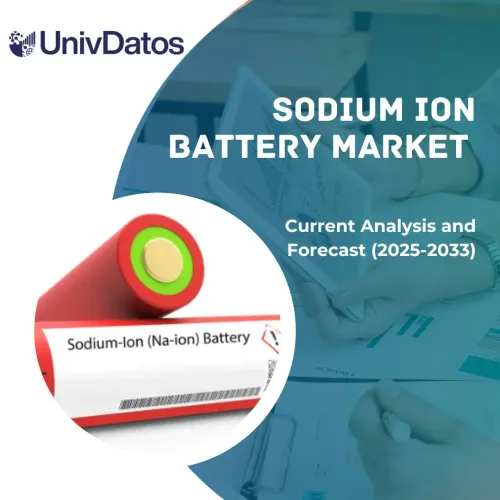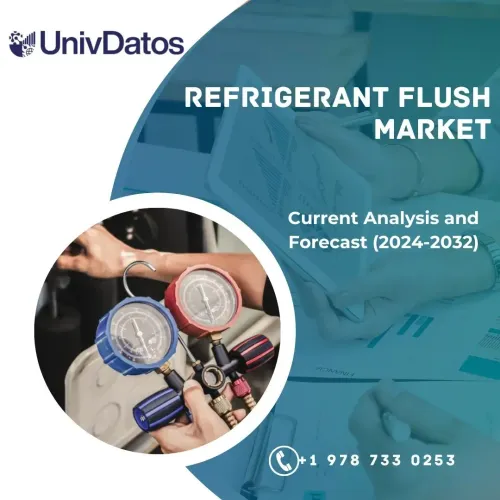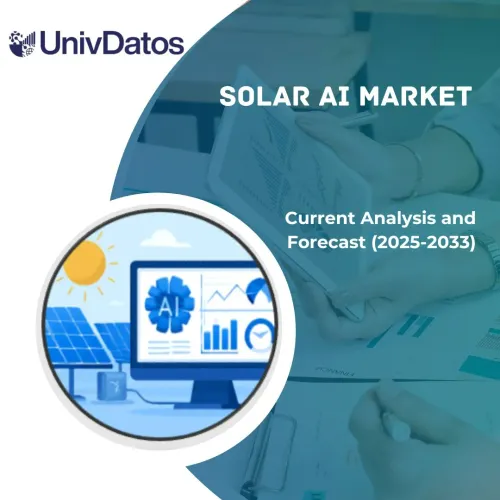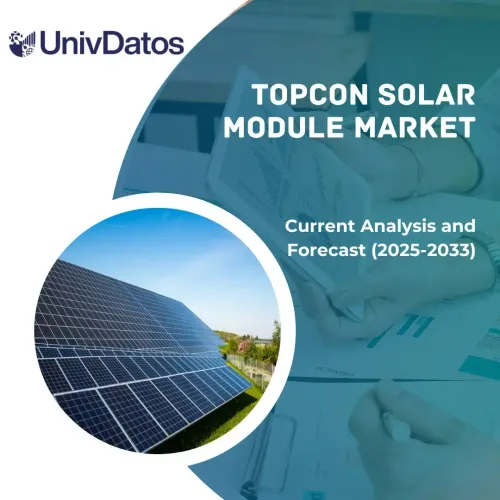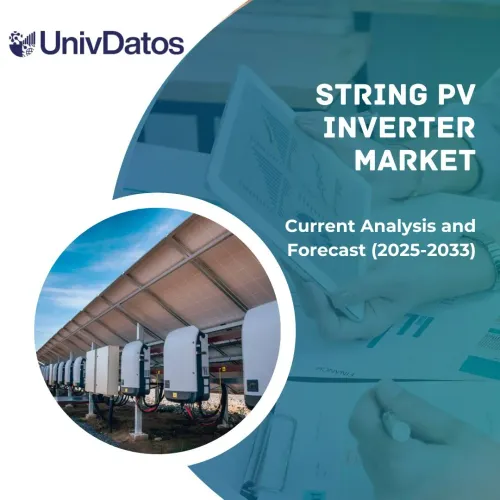- Home
- About Us
- Industry
- Services
- Reading
- Contact Us
Heat Pump Market: Current Analysis and Forecast (2021-2027)
Emphasis on By Product (Air Source, Water Source, and Ground Source Heat Pumps), By System (Air-To-Air, Air-To-Water, Electric, and Geothermal Heat Pumps), By Capacity (Up To 10 KW, 10-20 KW, 20-30 KW, and Heat Pumps Above 30 KW), By End-User (Residential, Commercial, and Industrial), and Region and Country
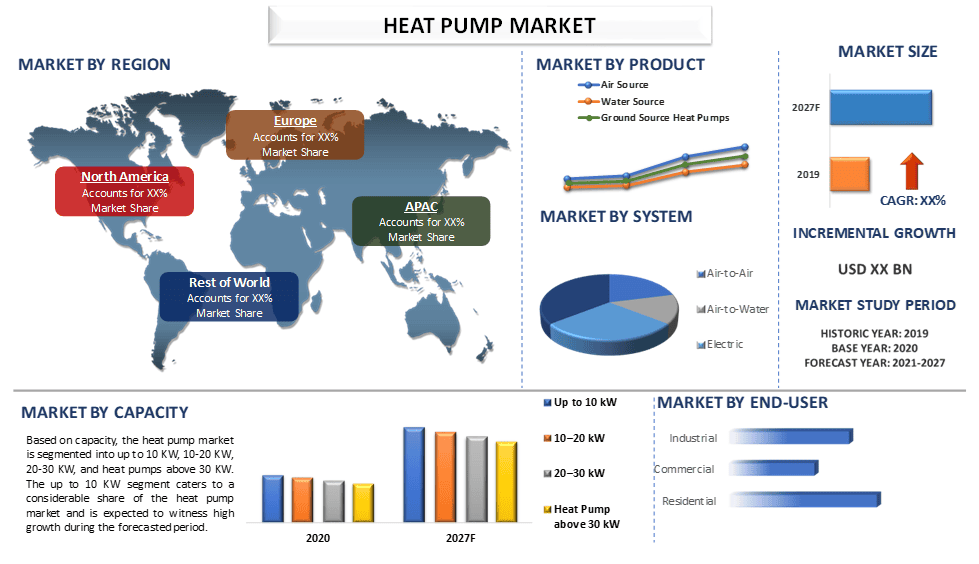
The Global Heat Pump is valued at 58 bn in 2021 and is expected to grow at a CAGR of around 8% during the forecast period (2021-2027). The Heat Pump market demand is increasing at propelling rate over the years and is expected to witness influential growth during the forecasted period as well. Factors that are positively accentuating its market size are as increasing need to curb dependence on fossil fuels and look for an energy-efficient alternative to furnaces and air conditioners are expected to drive the demand for heat pumps over the forecast period. In addition, growing environmental concerns and permissive regulatory policies, are positively influencing the market size of heat pumps. For instance: Domestic RHI and the Non-Domestic RHI, by the government of the United Kingdom is a financial incentive scheme set up to encourage the installation and usage of renewable heating technologies in existing homes. Such initiatives are expected to fuel market growth over the forecast period.
Also, several key manufacturers of Heat Pumps supplies are also focusing on developing new technology-driven in higher quantities to capitalize on existing opportunities in the market. For instance: In 2022, Viessmann Group has taken a majority stake in Pacifica Home Services Ltd. (PHS), simultaneously backing the re-investment of the Management team. PHS is a specialist in both the installation and maintenance of integrated HVAC solutions with a further specialization in heat pumps.
Heat Pump, System, 2020
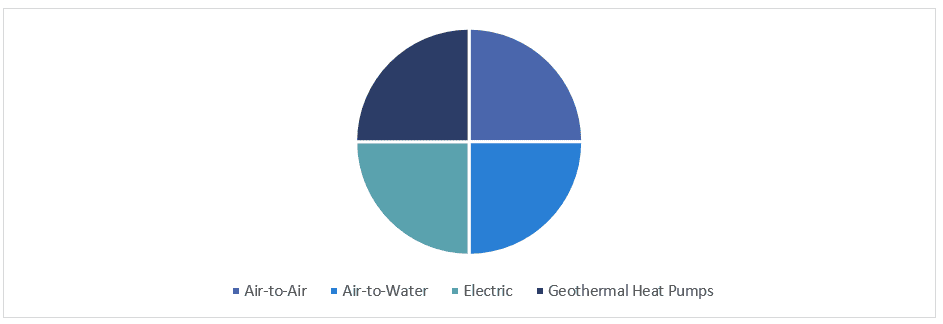
Daikin Industries, Ltd., Glen Dimplex Group, Ingersoll Rand, Plc., Melrose Industries PLC., Mitsubishi Electric Corporation, NIBE Industrier AB, Panasonic Corporation, Stiebel Eltron, Vaillant Group,Viessmann Werke GmbH & Co. KG. Several M&As along with partnerships have been undertaken by these players to facilitate customers with hi-tech and innovative products/technologies.
Insights Presented in the Report
“Amongst System, air-to-air segment holds the major share”
Based on the system, the heat pump market is categorized into air-to-air, air-to-water, electric, and geothermal heat pumps. The air-to-air heat pump segment caters to a considerable share of the heat pump market and is expected to witness high growth during the forecasted period. Several factors have raised the popularity of air-to-air heat pump technologies, including policy development, upgraded construction standards that make heat pumps in new buildings more competitive, and growing air-conditioning demand.
“Amongst capacity, up to 10 KW segment holds the major share”
Based on capacity, the heat pump market is segmented into up to 10 KW, 10-20 KW, 20-30 KW, and heat pumps above 30 KW. The up to 10 KW segment caters to a considerable share of the heat pump market and is expected to witness high growth during the forecasted period. The rising adoption of heat pumps in single-family residential houses owing to their suitability and extensive energy performance.
“Amongst end-user, residential segment holds the major share”
Based on end-user, the heat pump market is segmented into residential, commercial, and industrial. The residential segment caters to a considerable share of the heat pump market and is expected to witness high growth during the forecasted period. Changing climatic conditions is the key factor that fuels the adoption of heat pumps to provide heating solutions in cooler seasons and cooling solutions on hot days. Heat pumps are highly energy-efficient and are used for space heating, cooling, and sanitary hot water generation uses at homes. Therefore, favourable government regulations along with tax rebates offered on installing energy-saving products further fuel the adoption of heat pumps in the residential sector.
“Asia Pacific represents one of the extensive market shares of global Heat Pump Market”
For a better understanding of the market dynamics of global drilling waste management. The Asia Pacific acquired an extensive market share in the heat pump market and is expected to grow at an extensive rate predominantly due to the growing demand for energy-efficient heating solutions in the residential and commercial industries coupled with the rising awareness about climate change and greenhouse gas emission.
Reasons to buy this report:
- The study includes market sizing and forecasting analysis validated by authenticated key industry experts.
- The report presents a quick review of overall industry performance at one glance.
- The report covers an in-depth analysis of prominent industry peers with a primary focus on key business financials, product portfolios, expansion strategies, and recent developments.
- Detailed examination of drivers, restraints, key trends, and opportunities prevailing in the industry.
- The study comprehensively covers the market across different segments.
- Deep dive regional level analysis of the industry.
Customization Options:
The Global Heat Pump market can further be customized as per the requirement or any other market segment. Besides this, UMI understands that you may have your own business needs, hence feel free to connect with us to get a report that completely suits your requirements.
Table of Content
Research Methodology for the Global Heat Pump Market Analysis (2021-2027)
Analyzing the historical market, estimating the current market, and forecasting the future market of the global heat pump market were the three major steps undertaken to create and analyze the adoption of a heat pump in major regions globally. Exhaustive secondary research was conducted to collect the historical market numbers and estimate the current market size. Secondly, to validate these insights, numerous findings and assumptions were taken into consideration. Moreover, exhaustive primary interviews were also conducted, with industry experts across the value chain of the global heat pump market. Post assumption and validation of market numbers through primary interviews, we employed a top-down/bottom-up approach to forecasting the complete market size. Thereafter, market breakdown and data triangulation methods were adopted to estimate and analyze the market size of segments and sub-segments of the industry pertains to. Detailed methodology is explained below:
Seek More Details About Research Methodology
Analysis of Historical Market Size
Step 1: In-Depth Study of Secondary Sources:
Detail secondary study was conducted to obtain the historical market size of the heat pump market through company internal sources such as annual reports & financial statements, performance presentations, press releases, etc., and external sources including journals, news & articles, government publications, competitor publications, sector reports, third-party database, and other credible publications.
Step 2: Market Segmentation:
After obtaining the historical market size of the heat pump market, we conducted a detailed secondary analysis to gather historical market insights and share for different segments & sub-segments for major regions. Major segments are included in the report as product, system, capacity, end-user, and region. Further country-level analyses were conducted to evaluate the overall adoption of testing models in that region.
Step 3: Factor Analysis:
After acquiring the historical market size of different segments and sub-segments, we conducted a detailed factor analysis to estimate the current market size of the heat pump market. Further, we conducted factor analysis using dependent and independent variables such as the increasing need to curb dependence on fossil fuels and look for an energy-efficient alternative to furnaces and air conditioners. A thorough analysis was conducted for demand and supply-side scenarios considering top partnerships, mergers and acquisitions, business expansion, and product launches in the Heat Pump market sector across the globe.
Current Market Size Estimate & Forecast
Current Market Sizing: Based on actionable insights from the above 3 steps, we arrived at the current market size, key players in the global heat pump market, and market shares of the segments. All the required percentage shares split, and market breakdowns were determined using the above-mentioned secondary approach and were verified through primary interviews.
Estimation & Forecasting: For market estimation and forecast, weights were assigned to different factors including drivers & trends, restraints, and opportunities available for the stakeholders. After analyzing these factors, relevant forecasting techniques i.e., top-down/bottom-up approach were applied to arrive at the market forecast about 2027 for different segments and sub-segments across the major markets globally. The research methodology adopted to estimate the market size encompasses:
- The industry’s market size, in terms of value (US$) and the adoption rate of the Heat Pump market across the major markets domestically
- All percentage shares, splits, and breakdowns of market segments and sub-segments
- Key players in the global heat pump market in terms of the category offered. Also, the growth strategies adopted by these players to compete in the fast-growing market
Market Size and Share Validation
Primary Research: In-depth interviews were conducted with the Key Opinion Leaders (KOLs) including Top Level Executives (CXO/VPs, Sales Head, Marketing Head, Operational Head, Regional Head, Country Head, etc.) across major regions. Primary research findings were then summarized, and statistical analysis was performed to prove the stated hypothesis. Inputs from primary research were consolidated with secondary findings, hence turning information into actionable insights.
Seek More Details About Research Methodology
Split of Primary Participants in Different Regions
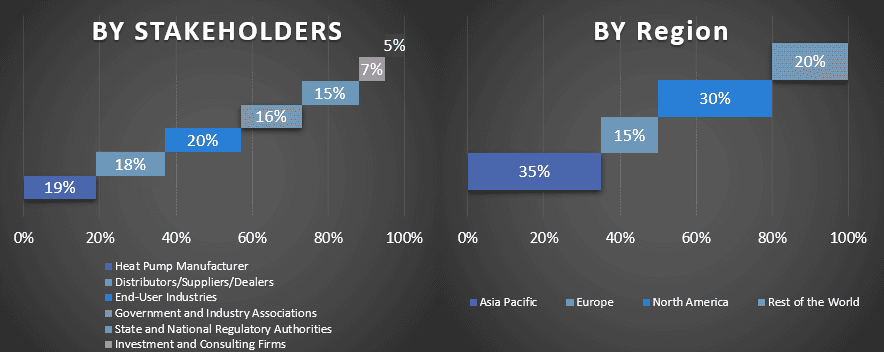
Market Engineering
The data triangulation technique was employed to complete the overall market estimation and to arrive at precise statistical numbers for each segment and sub-segment of the global Heat Pump market. Data was split into several segments & sub-segments post studying various parameters and trends in the areas of the product, system, capacity, and end-user in the global Heat Pump market.
The main objective of the Global Heat Pump Market Study
The current & future market trends of the global Heat Pump market were pinpointed in the study. Investors can gain strategic insights to base their discretion for investments on the qualitative and quantitative analysis performed in the study. Current and future market trends determined the overall attractiveness of the market at a regional level, providing a platform for the industrial participant to exploit the untapped market to benefit from a first-mover advantage. Other quantitative goals of the studies include:
- Analyze the current and forecast market size of the Heat Pump market in terms of value (US$). Also, analyze the current and forecast market size of different segments and sub-segments
- Segments in the study include areas of product, system, capacity, and end-user.
- Define and analysis of the regulatory framework for the heat pump market industry.
- Analyze the value chain involved with the presence of various intermediaries, along with analyzing customer and competitor behaviors of the industry.
- Analyze the current and forecast market size of the heat pump market for the major region.
- Major regions studied in the report include Asia Pacific, Europe, North America, and the Rest of the World.
- Company profiles of the heat pump market and the growth strategies adopted by the market players to sustain in the fast-growing market
- Deep dive regional level analysis of the industry
Related Reports
Customers who bought this item also bought


